Meet The Good Plastic Company, rethinking the way we use plastic
This creatively responsible brand supplied, and recycled, the plastic plinths used in Wallpaper’s Milan Design Week exhibition. Here’s how it is reimagining the use and reuse of the contentious material
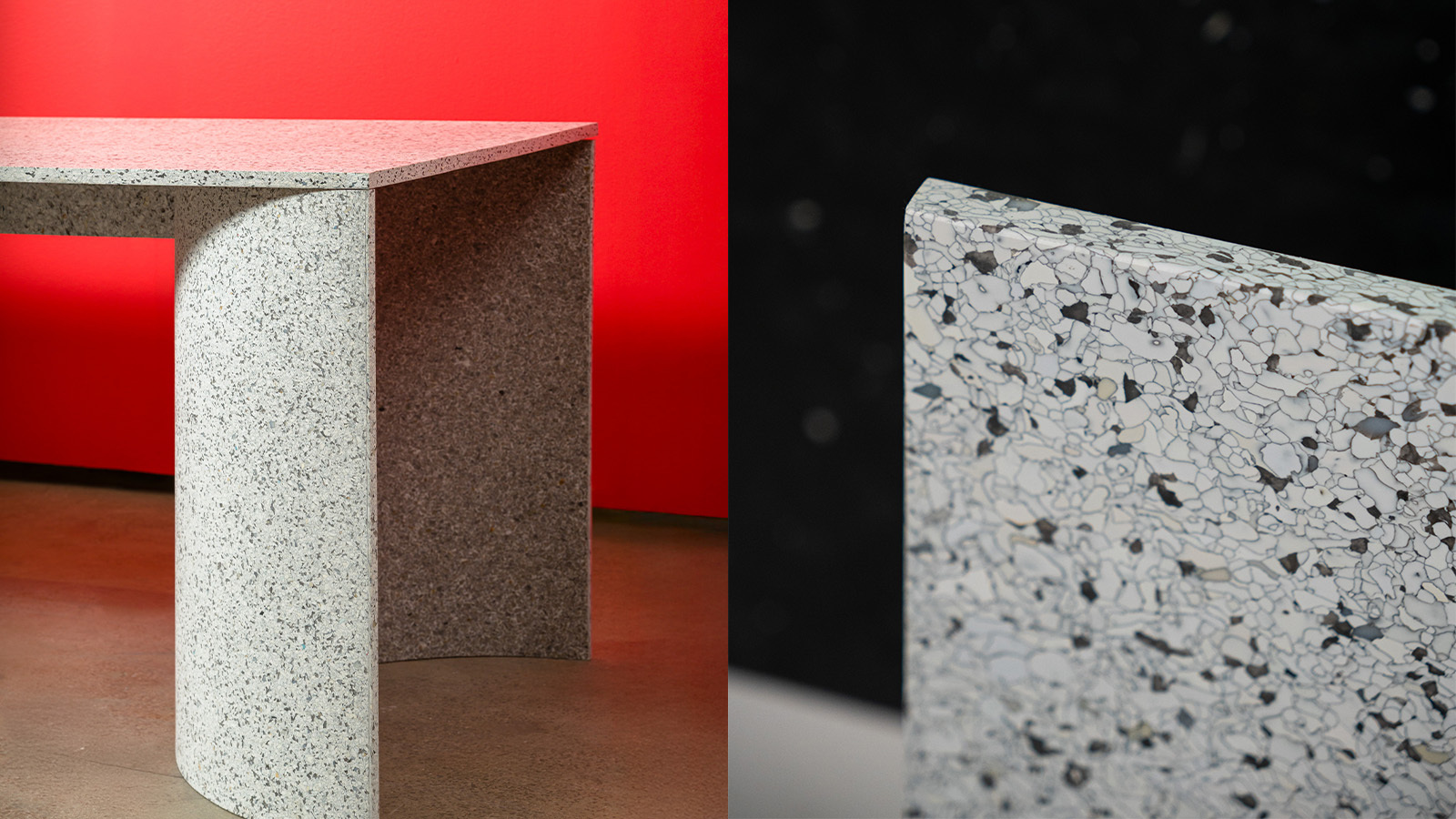
In partnership with The Good Plastic Company
‘Material Alchemists’, the Wallpaper* exhibition at the Triennale Milano during Milan Design Week 2025, shone a spotlight on 20 designers and studios demonstrating a talent for material exploration and expression. To best display the emerging talents’ work in furniture and product design, Wallpaper* partnered with sustainably minded brand The Good Plastic Company (TGPC) for the exhibition’s show plinths.
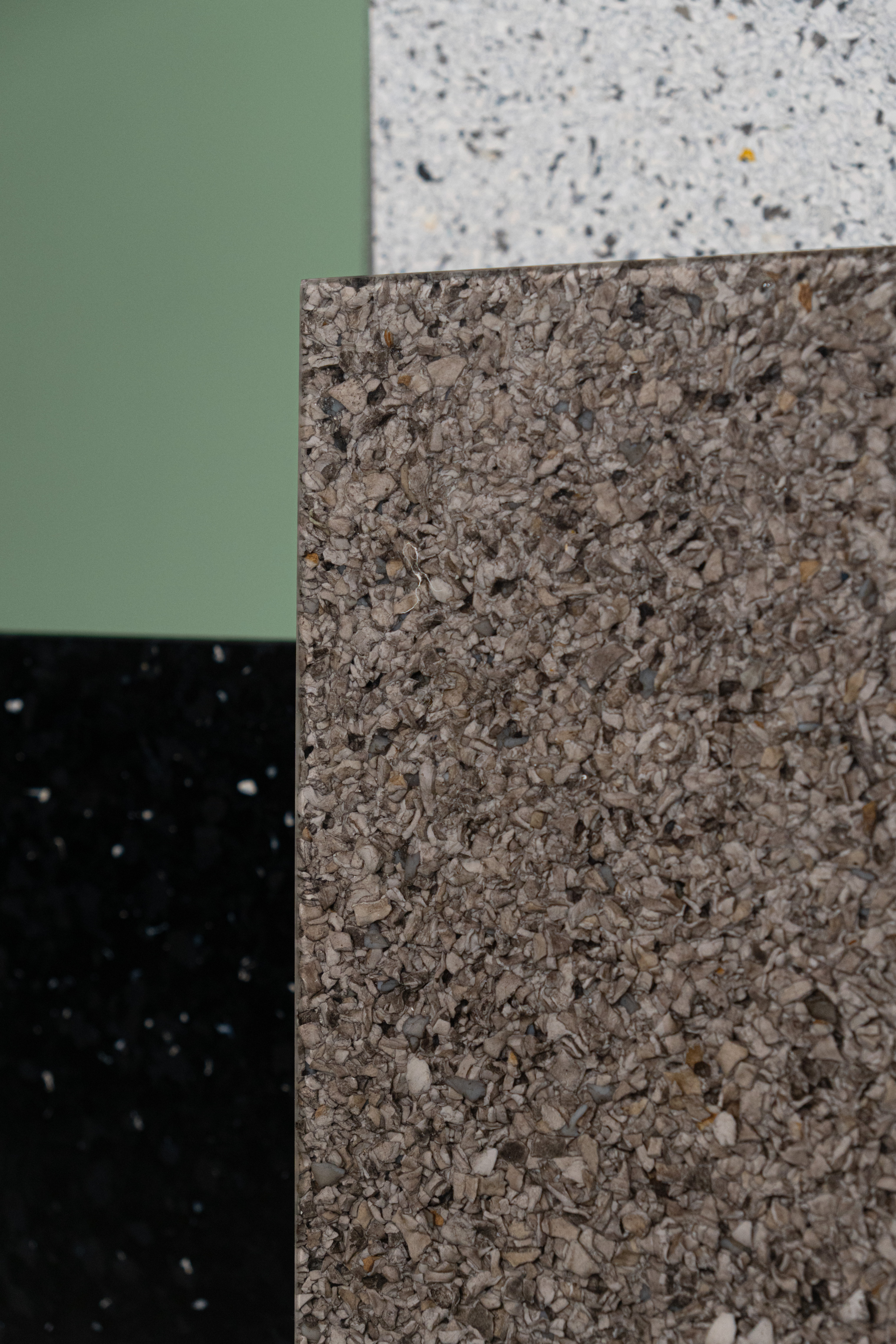
Finishes from the ‘Growth’ collection of Polygood panels
Plastic gets a bad rap these days. While it’s valued for its lightweight, durable and malleable properties, and its strength and versatility, the negative impact plastic has on our environment remains.
The environmental damage comes mostly not from the material itself, the people at TGPC explained to Wallpaper*, but from the way it is disposed of.
With around 400 million tonnes of plastic produced globally each year, according to the UN Environmental Programme, and interior furnishings and fixtures accounting for as much as ten per cent of a building’s overall carbon footprint, TGPC recognised the need to support architects, designers and manufacturers in making plastic recycling a standard procedure.
‘The company was established six years ago in Amsterdam with a mission to create a scalable solution for plastic waste,’ says TGPC founder William Chizhovsky. ‘The architecture and design industry had long been eager to use more sustainable materials, but the market had fallen short. The gap was clear: existing options were often inconsistent in pattern and quality, unreliable in availability, and unscalable in terms of production volume.’
This led TGPC to develop Polygood, a sustainable surface material made from 100 per cent recycled polystyrene plastic, which – when turned into panels that nod to materials such as marble, terrazzo and more – has transformed the possibilities for large-scale design and architecture projects.
Receive our daily digest of inspiration, escapism and design stories from around the world direct to your inbox.
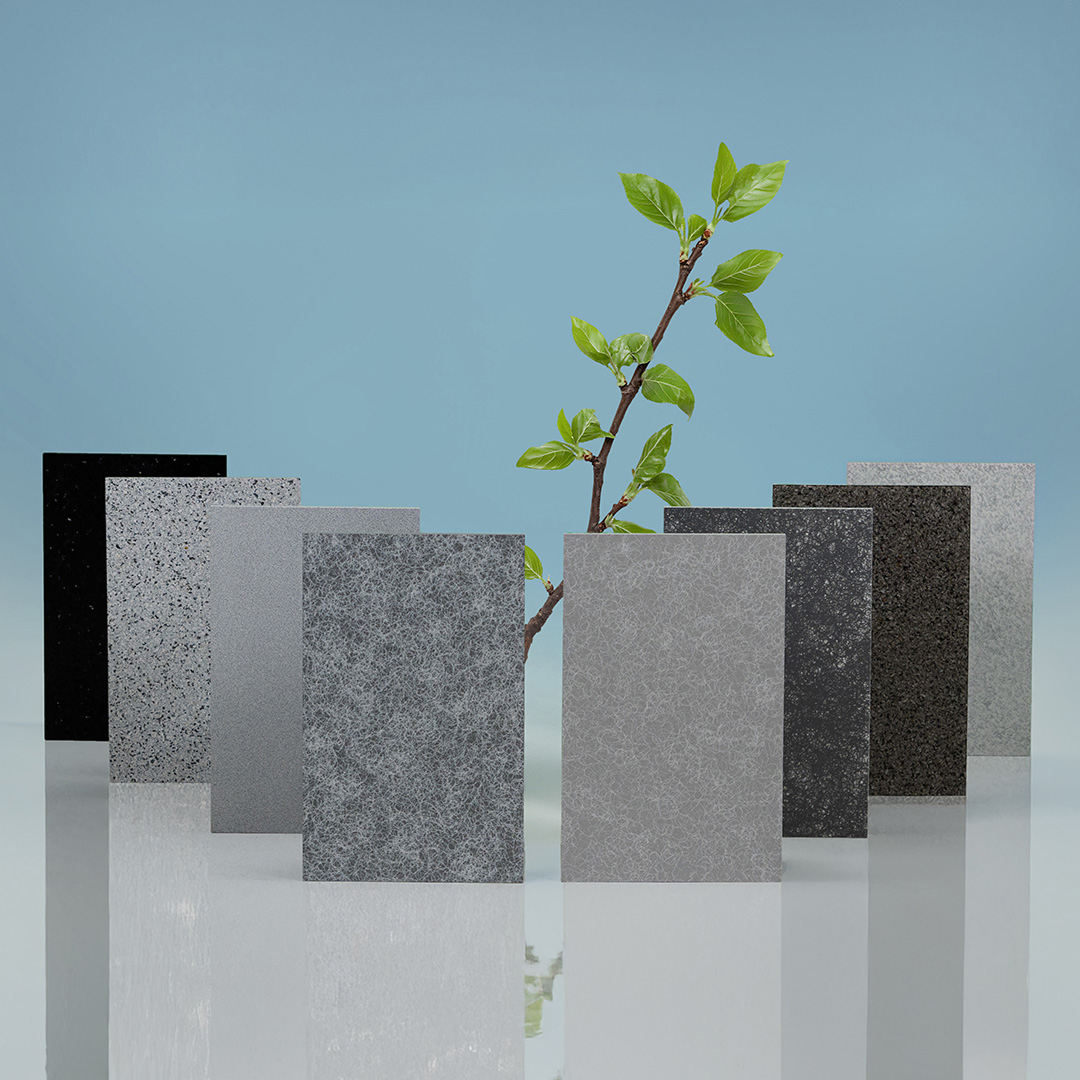
The ‘Growth’ collection
The ‘Material Alchemists’ plinths were constructed using Polygood panels – more than three tonnes of material was used in total – then returned to the TGPC factory for repurposing after the show’s week-long run. ‘This was possible because we use a single-material composition with no additives, giving it full recyclability,’ says Chizhovsky. ‘Not only can we recycle it ourselves, but any recycling facility is able to process it as well. Through our take-back programme, we offer this solution to any client who requires it.’
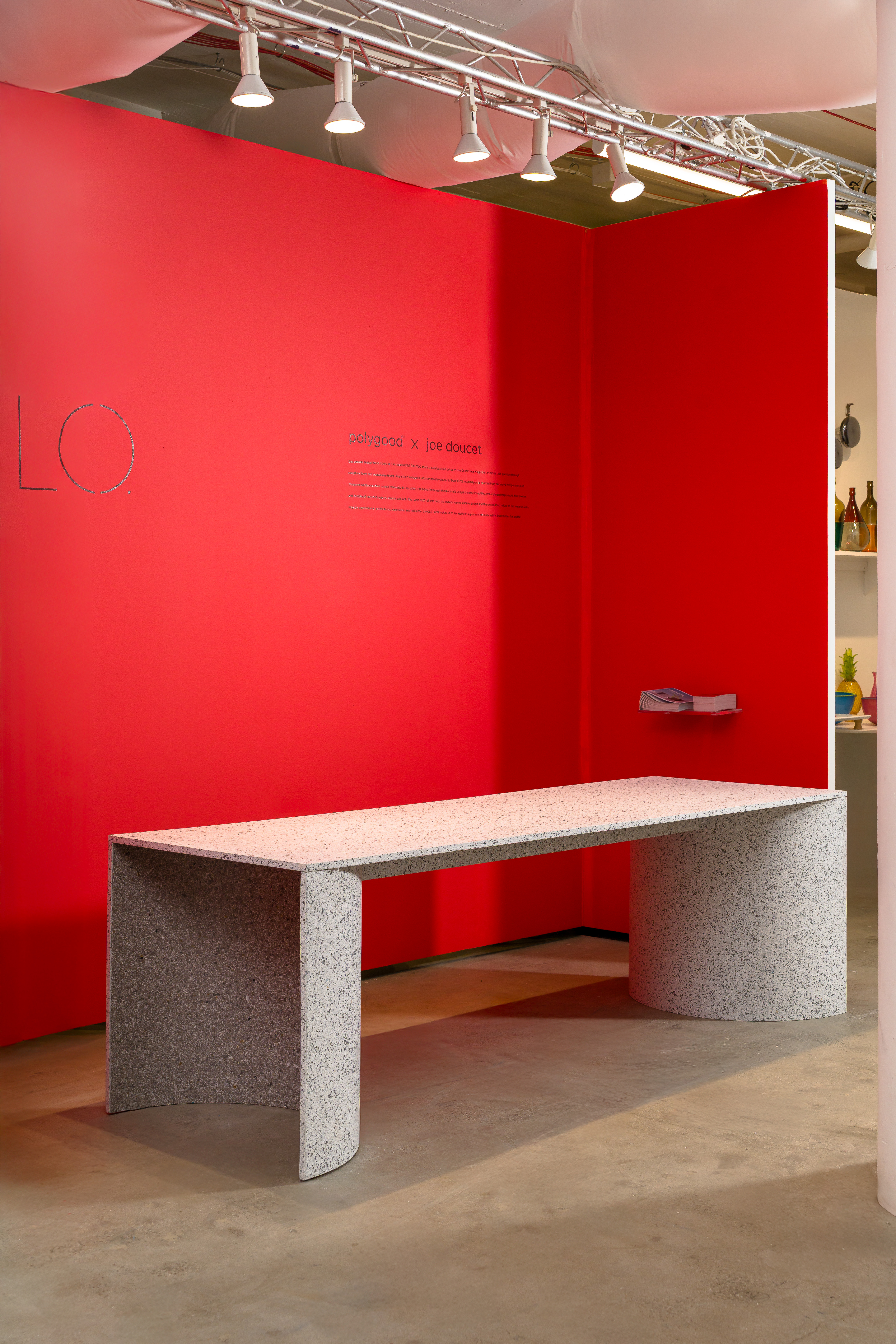
Joe Doucet’s ‘OLO’ table, on display at Shelter design fair earlier in 2025
Having already worked with brands such as Samsung, Karl Lagerfeld and Adidas, TGPC also collaborated with American industrial designer Joe Doucet to create the ‘OLO’ table, unveiled at New York’s Shelter design fair in May 2025. Made from thermoformed Polygood – specifically, the ‘Growth’ collection, which sees discarded refrigerators, washing machines and consumer electronics turned into surfaces with nature-inspired patterns, in this case the ‘Oyster’ finish – the table explores the aesthetic and functional possibilities of recycled plastic as high-quality furniture.
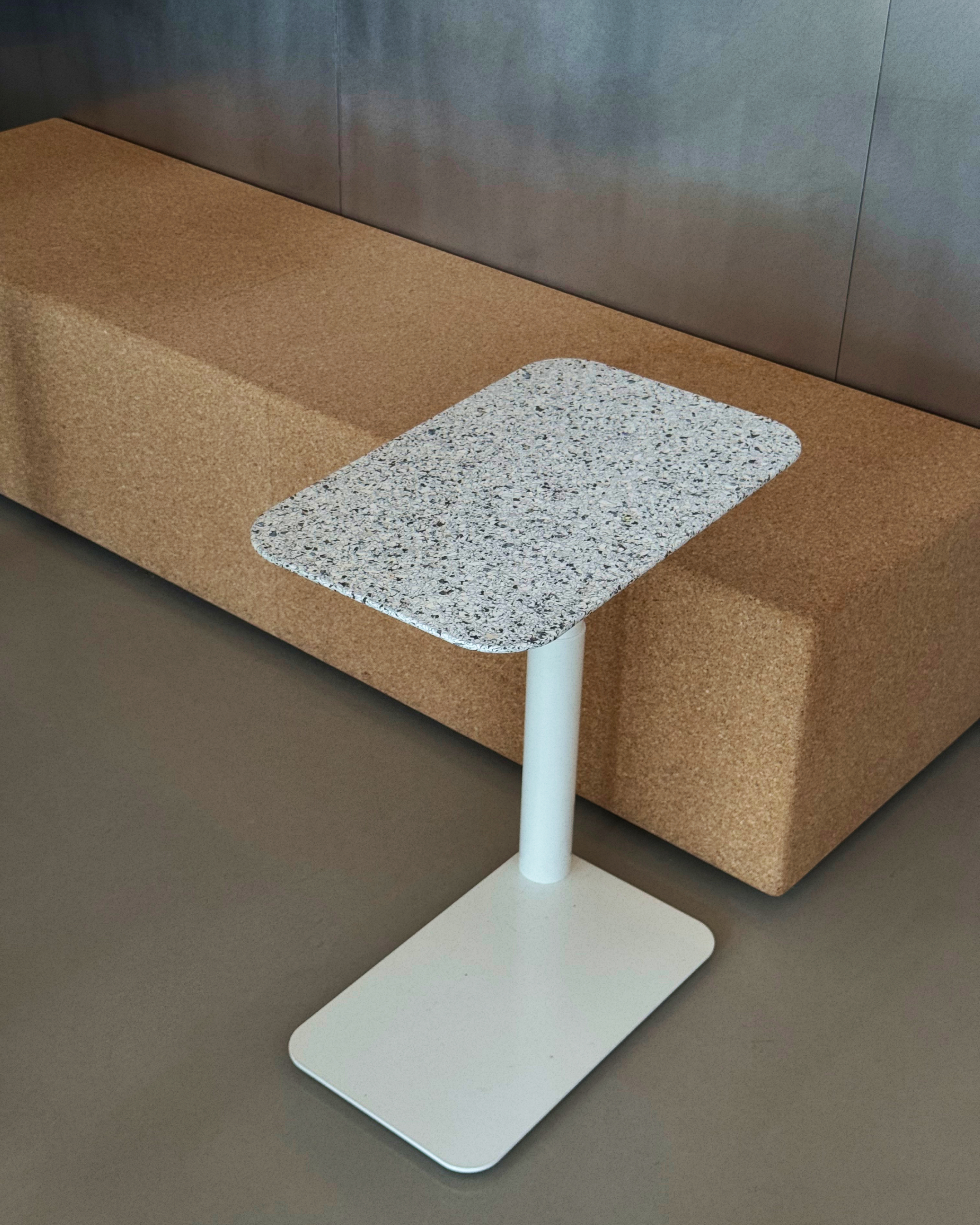
‘Float Micro’ table by Humanscale
A recent project with New York’s Humanscale, a global leader in ergonomic furniture and workplace innovation, also integrates ‘Oyster’-pattern Polygood, on the manufacturer’s ‘Float Micro’ table.
‘The goal is never just to create a piece of furniture, but to demonstrate the full potential of the material and its properties. We wanted to show that recycled plastic can be not only beautiful, but also functional and technically advanced. For architects and designers to specify sustainable materials with confidence, they need to trust in their performance and versatility,’ says Chizhovsky.
‘The primary benefit is impact. It’s not just about the large volumes of plastic that we give a second life to, but also the significant reduction in CO2 emissions that our projects enable when architects and designers choose a sustainable material over a traditional one.’
Projects such as the plinths for the Wallpaper* exhibition in Milan, as well as TGPC’s collaborations with designers, show what is possible at the intersection of design and circularity, adds Chizhovsky.
Tianna Williams is Wallpaper’s staff writer. When she isn’t writing extensively across varying content pillars, ranging from design and architecture to travel and art, she also helps put together the daily newsletter. She enjoys speaking to emerging artists, designers and architects, writing about gorgeously designed houses and restaurants, and day-dreaming about her next travel destination.
-
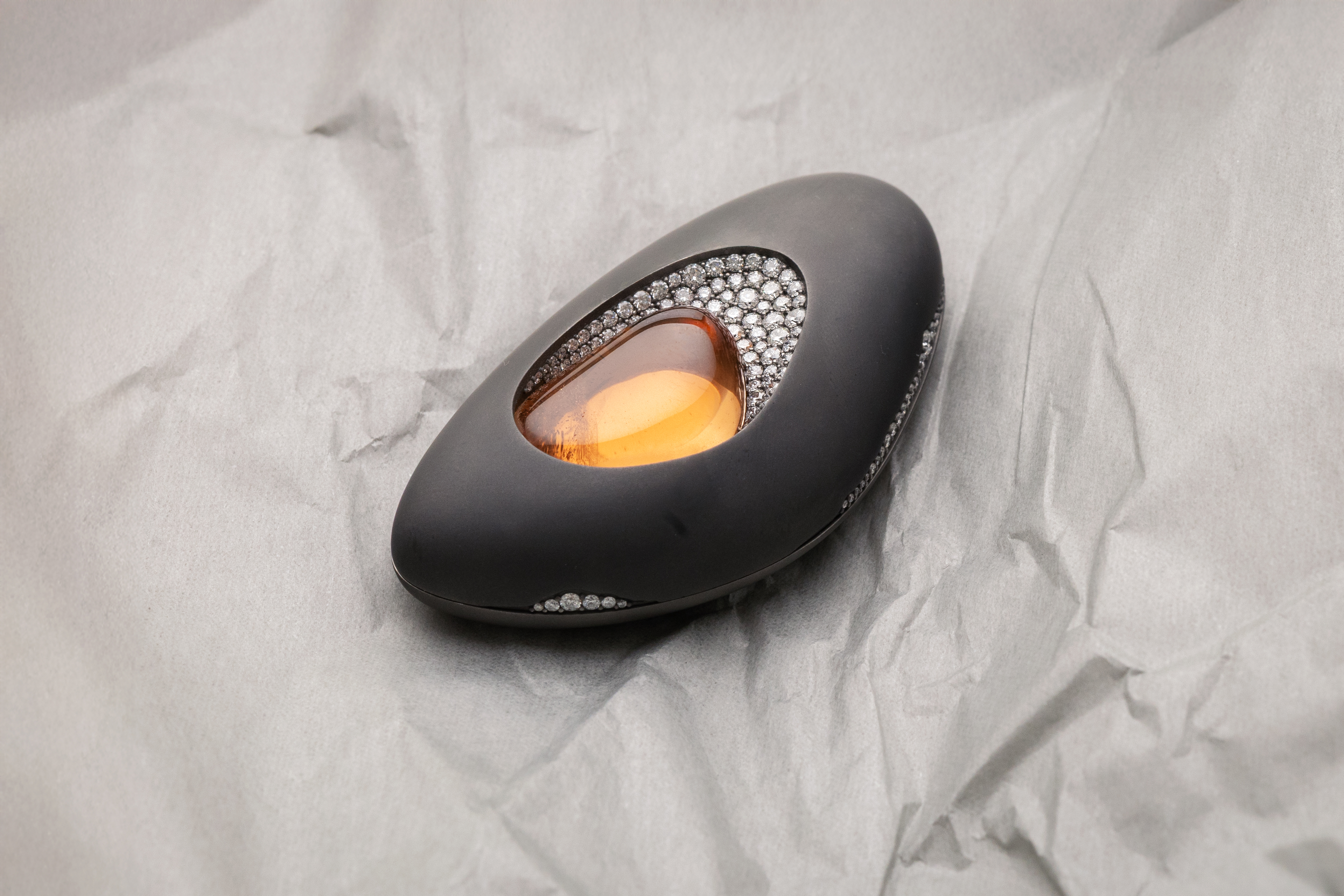 Discover the cool and offbeat designs of jeweller Inesa Kovalova
Discover the cool and offbeat designs of jeweller Inesa KovalovaInesa Kovalova's jewellery celebrates a mix of mediums and materials
-
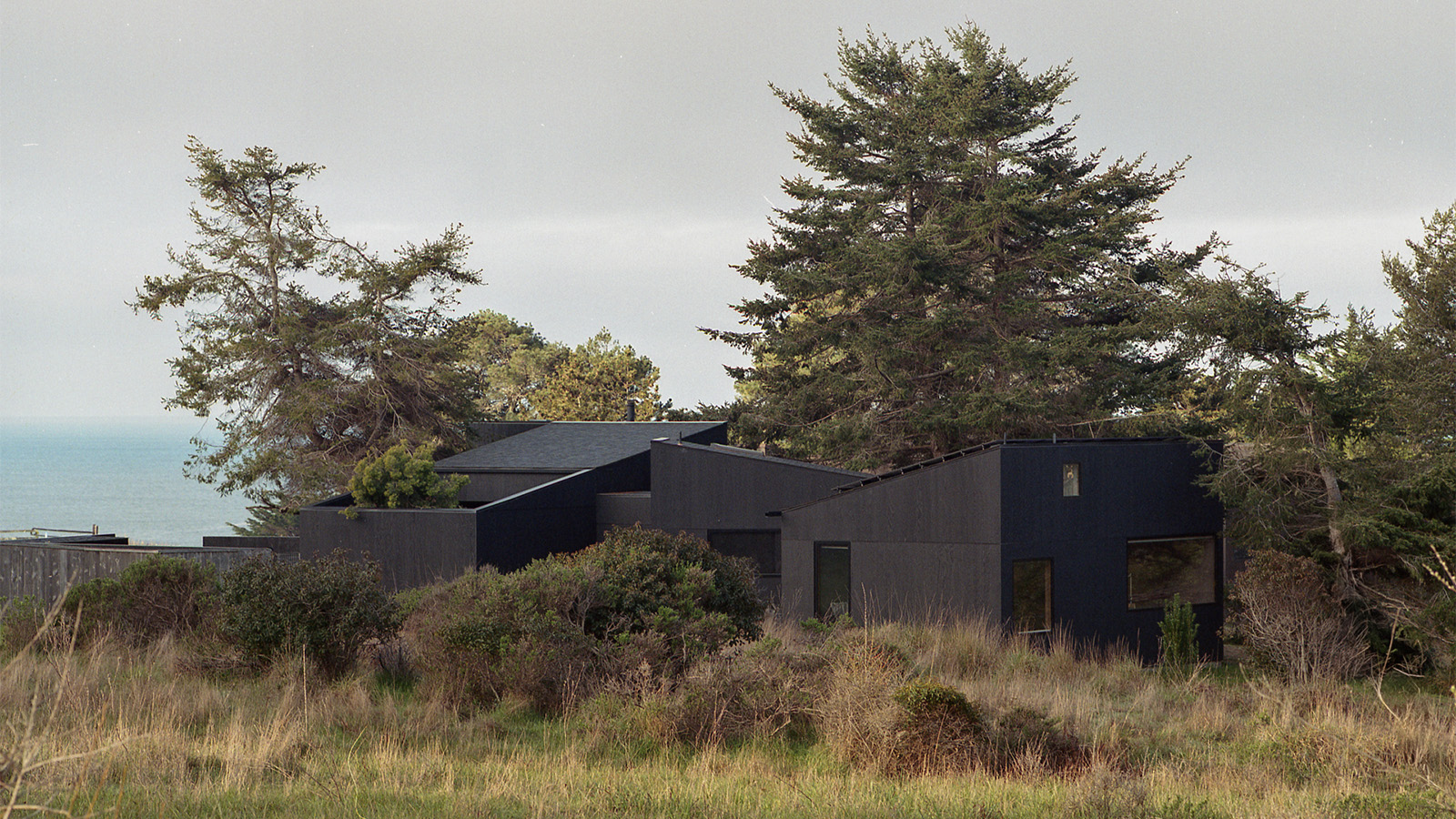 A group of friends built this California coastal home, rooted in nature and modern design
A group of friends built this California coastal home, rooted in nature and modern designNestled in the Sea Ranch community, a new coastal home, The House of Four Ecologies, is designed to be shared between friends, with each room offering expansive, intricate vistas
-
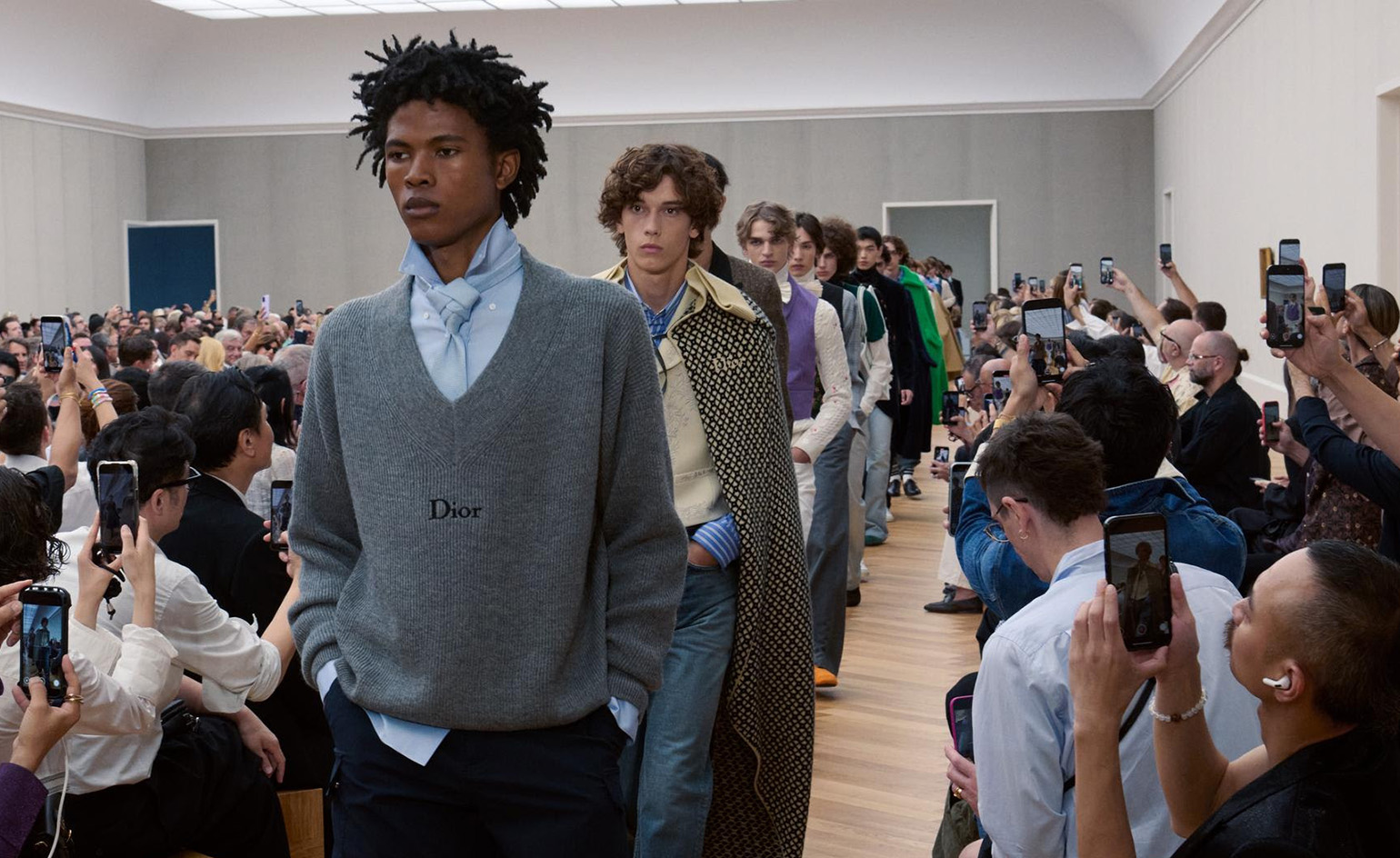 Men’s Fashion Week A/W 2026 is almost here. Here’s what to expect
Men’s Fashion Week A/W 2026 is almost here. Here’s what to expectFrom this season’s roster of Pitti Uomo guest designers to Jonathan Anderson’s sophomore men’s collection at Dior – as well as Véronique Nichanian’s Hermès swansong – everything to look out for at Men’s Fashion Week A/W 2026